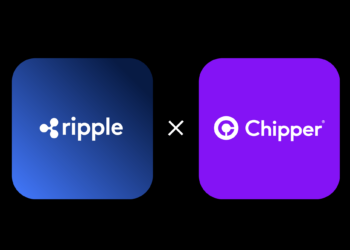The University of Cambridge estimates that the number of global digital-asset users has increased by 189% since 2018.
In its new global crypto-asset research findings, the Cambridge Center for Alternative Finance (CCAF) revealed up to “101 million unique crypto-asset users across 191 million accounts opened at service providers in Q3 [of] 2020.”
READ: U.S dollar remains neutral as strong economic macros weaken its demand
The Cambridge Center for Alternative Finance disclosed that the sharp surge may be due to both an increase in the number of existing accounts, as well as a heightened ability to connect individuals to those accounts.
Though staking in the digital asset sector is primarily driven by retail investors, the CCAF’s report also finds that a growing number of European and American institutional investors wish to expose their portfolios to crypto assets.
According to the September report, BTC remains the most commonly available crypto asset across service providers.
READ: All Tech Companies eventually became Fintechs- Google to launch new debit card
However, Ethereum has quickly grown inaccessibility, to become the second most supported token followed by Litecoin, Bitcoin Cash, and Ripple
- While firms continue to serve users from their regions of operations, North American, Middle Eastern, and African companies appear to have a more geographically diversified clientele.
- Service providers in both regions report that 42% of their customers are from other regions – primarily in Europe for MEA firms and Latin America for North American ones.
- Service providers operationally headquartered in North America and Europe indicate that business and institutional clients make up 30% of their customers.
- This figure is much lower for APAC and Latin American firms at 16% and 10% respectively.
- The composition of business and institutional clientele differs from region to region. While North American and European firms primarily serve crypto asset hedge funds and traditional institutional investors, Middle Eastern and African service providers that cater to non-retail clients focus on online merchants (50%).























